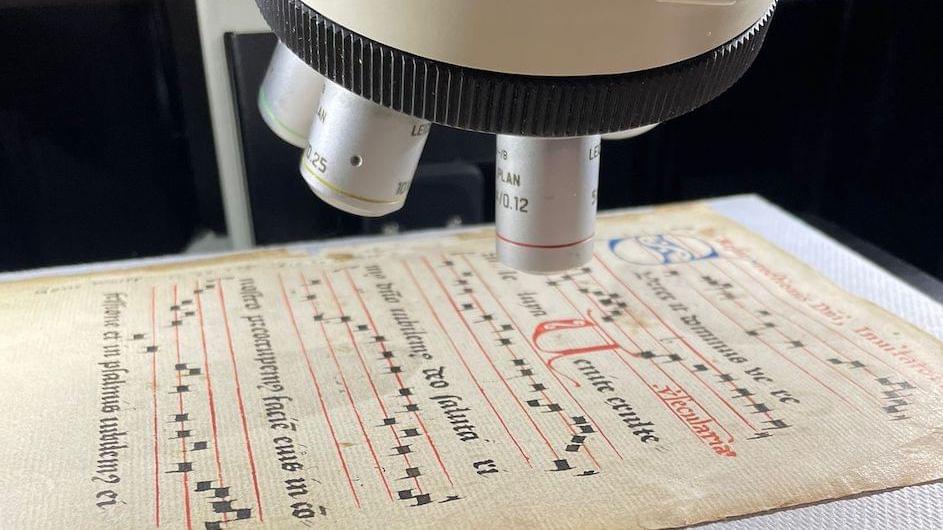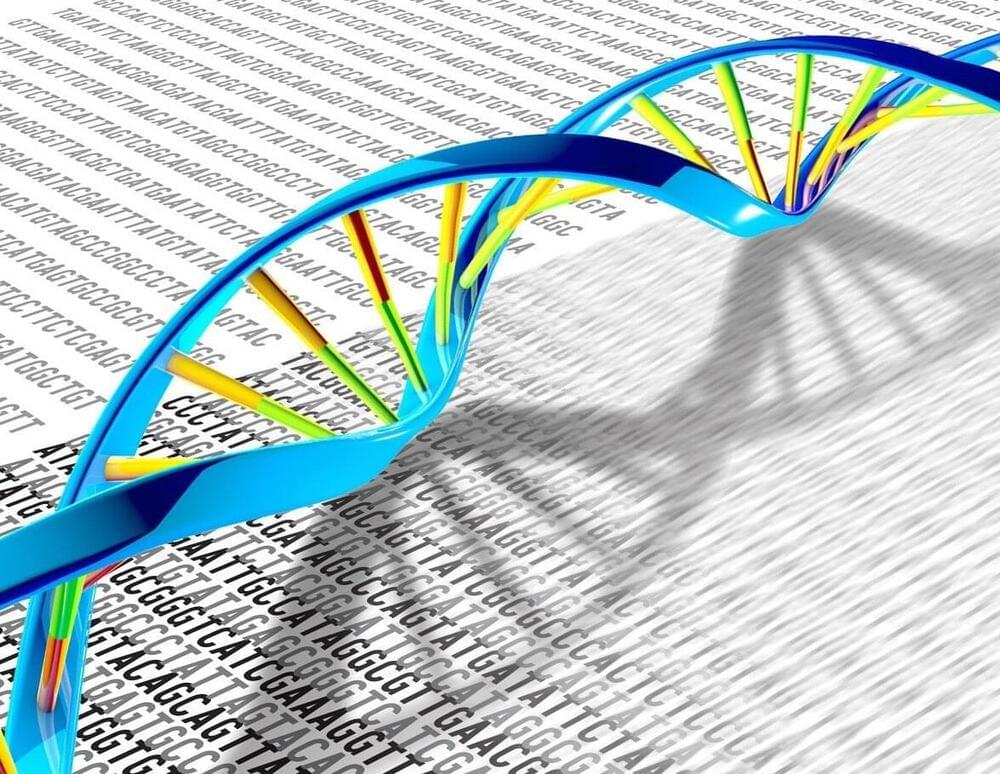Researchers achieve EV battery breakthrough with silicon-based materials and gel electrolytes, moving closer to a 1,000-kilometer range on a single charge.





The first Apple Vision Pro reviews arrived last week on January 30 ahead of the February 2 product launch. A week and change later, tech journalists have had even more time to spend with Apple Vision Pro. My new favorite review is from Raymond Wong at Inverse. He spares no words when evaluating Apple Vision Pro, including as a spatial computer.

Meet PairTree – a solar-powered canopy that charges EVs off-grid – that’s made by US-based solar charging infrastructure manufacturer Paired Power.
PairTree, which started to roll out commercially late last year, is quick and easy to set up – it takes only about four hours – and its ballasted steel foundation fits right into a regular parking space. What sets it apart is its use of bifacial solar panels. These 4.6 kW units increase energy yield by up to 15% compared to traditional panels. This means that in practice, a PairTree unit’s performance rivals that of a 5.3 kW solar array.
PairTree features a UL 9450-listed lithium iron phosphate battery energy storage system, offering a spectrum of daily ranges from 75 to 230 miles, depending on the capacity chosen. It can support either one or two Level 2 EV chargers.


A technique can determine for the first time how frequently, and exactly where, a molecular event called “backtracking” occurs throughout the genetic material (genome) of any species, a new study shows.
Published online February 9 in Molecular Cell, the study results support the theory that backtracking represents a widespread form of gene regulation, which influences thousands of human genes, including many involved in basic life processes like cell division and development in the womb.
Led by researchers from NYU Grossman School of Medicine, the work revolves around genes, the stretches of DNA molecular “letters” arranged in a certain order (sequence) to encode the blueprints for most organisms. In both humans and bacteria, the first step in a gene’s expression, transcription, proceeds as a protein “machine” called RNA polymerase II ticks down the DNA chain, reading genetic instructions in one direction.
Cisco today announced the launch of a Webex video conferencing app designed for the Apple Vision Pro. The app is designed to provide an immersive meeting experience that fills the space around the user.
The Webex app supports Personas, allowing Vision Pro wearers to have a visual representation of themselves in video calls while wearing the headset, and it also works with spatial audio.
Microsoft is back with another Super Bowl ad, this time for its AI chatbot called Copilot. And it kind of sucks.

For most of humanity’s existence, we have observed the universe using light, but these days photons aren’t the only game in town, says Chanda Prescod-Weinstein